Now is the time to plant paperwhites – for gorgeous, fragrant blooms by Christmas
Gardening experts recommend when plant paperwhites both indoors and outdoors, along with key indicators for perfect timing
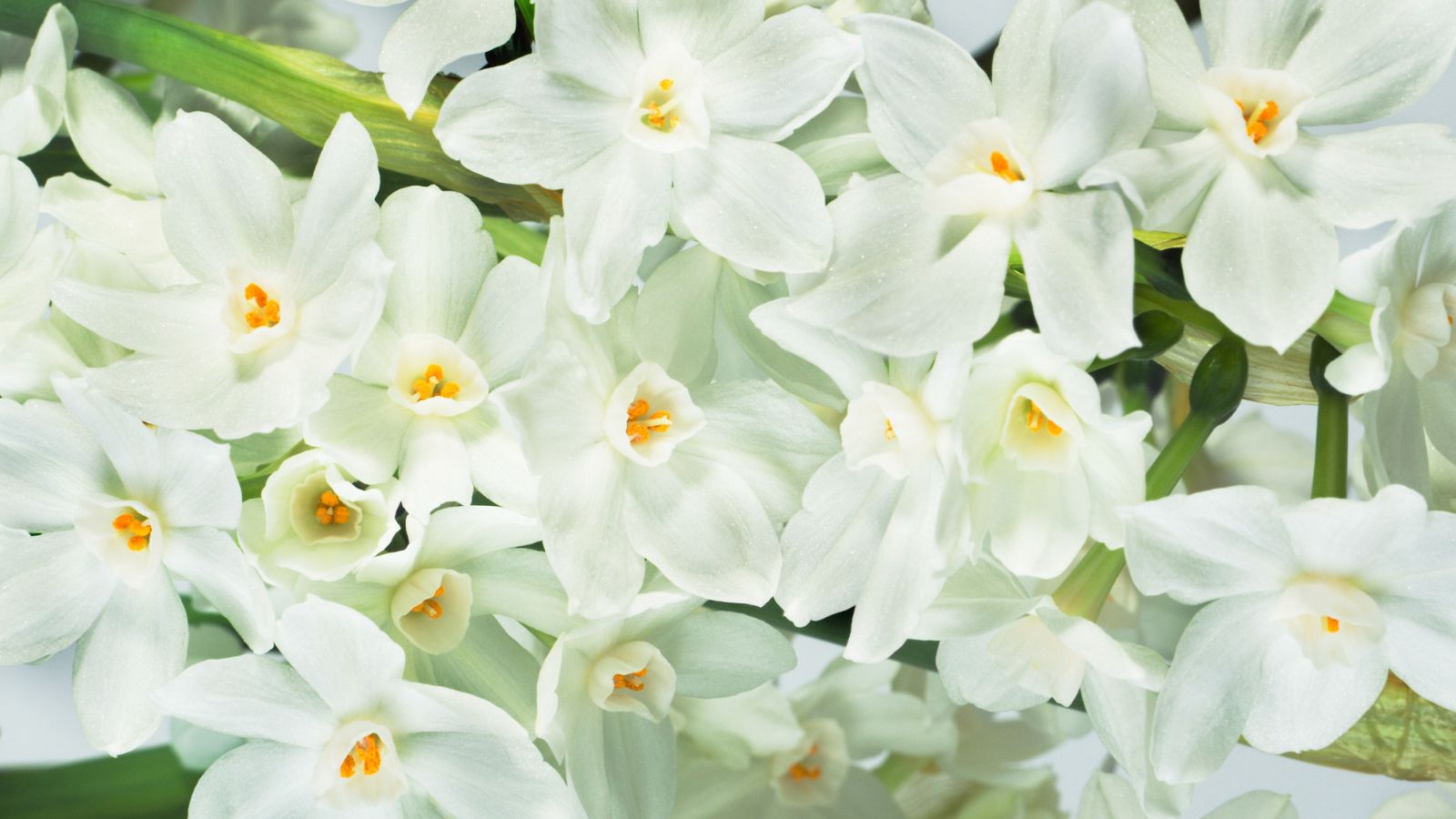

If you want to keep your yard and home vibrant and bright throughout the holiday season, planting paperwhites (Narcissus papyraceus) is an elegant option. And to ensure the best blooms from this plant throughout the festive season, planting them at the right time is essential.
Popular for their chic appearance and as one of the best fragrant bulbs to plant to create a lasting scent throughout the season, paperwhites make an ideal addition to any Christmas display. Plus, they make a lovely Christmas gift for gardeners.
Whether you're growing paperwhites in a jar or planting them in your garden, this is how to get the timing right to make the most of their blooms, according to experts. I've listed tips to help you recognize when conditions are just right for planting, too.
When to plant paperwhites: the ideal time
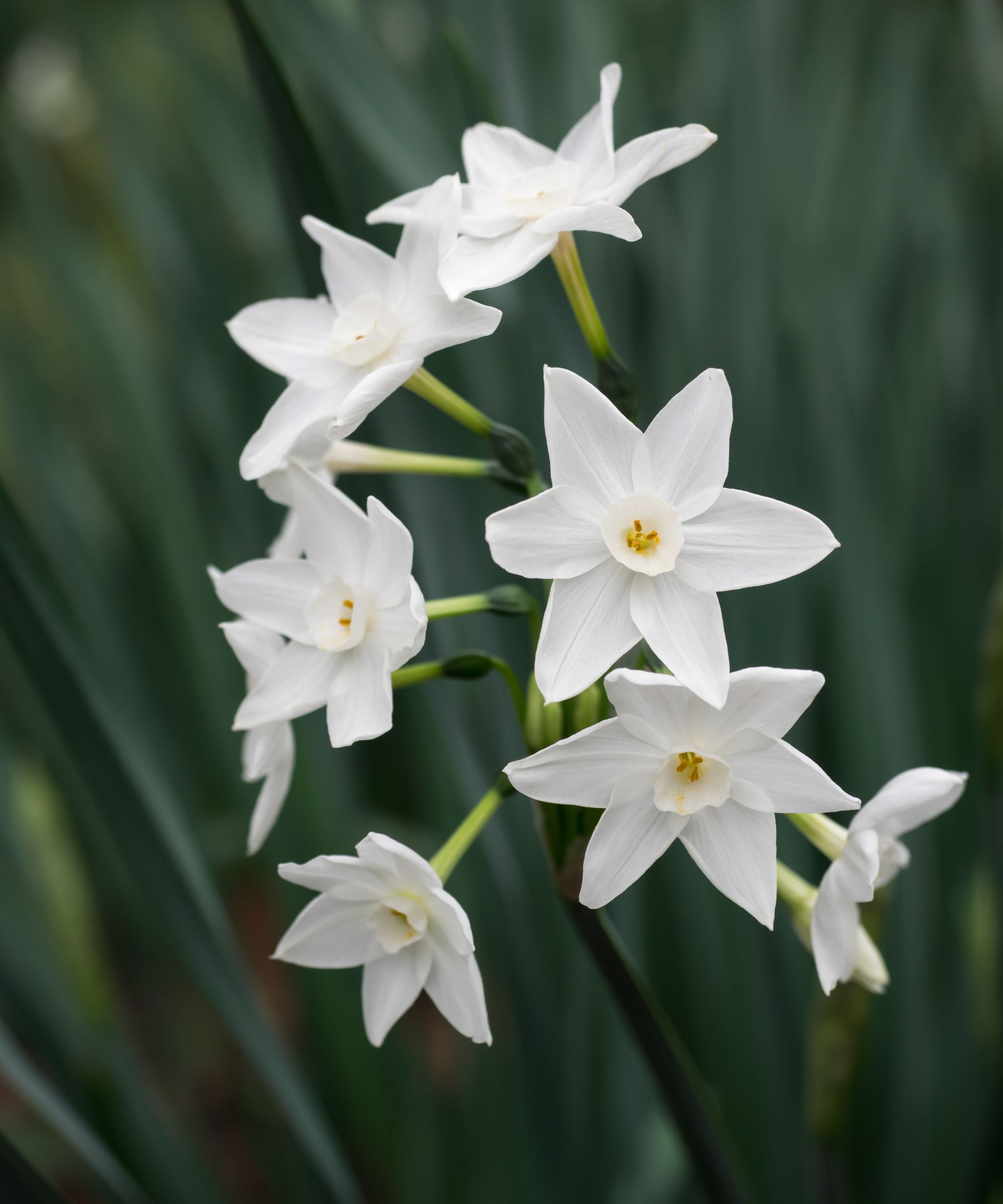
Paperwhites are typically planted in the fall or early winter, depending on the growing zone and whether they’re being grown indoors or outdoors.
For the best results with paperwhites, it's important to plan your planting time around the desired bloom time, keeping in mind the season and environment.
Outdoor planting
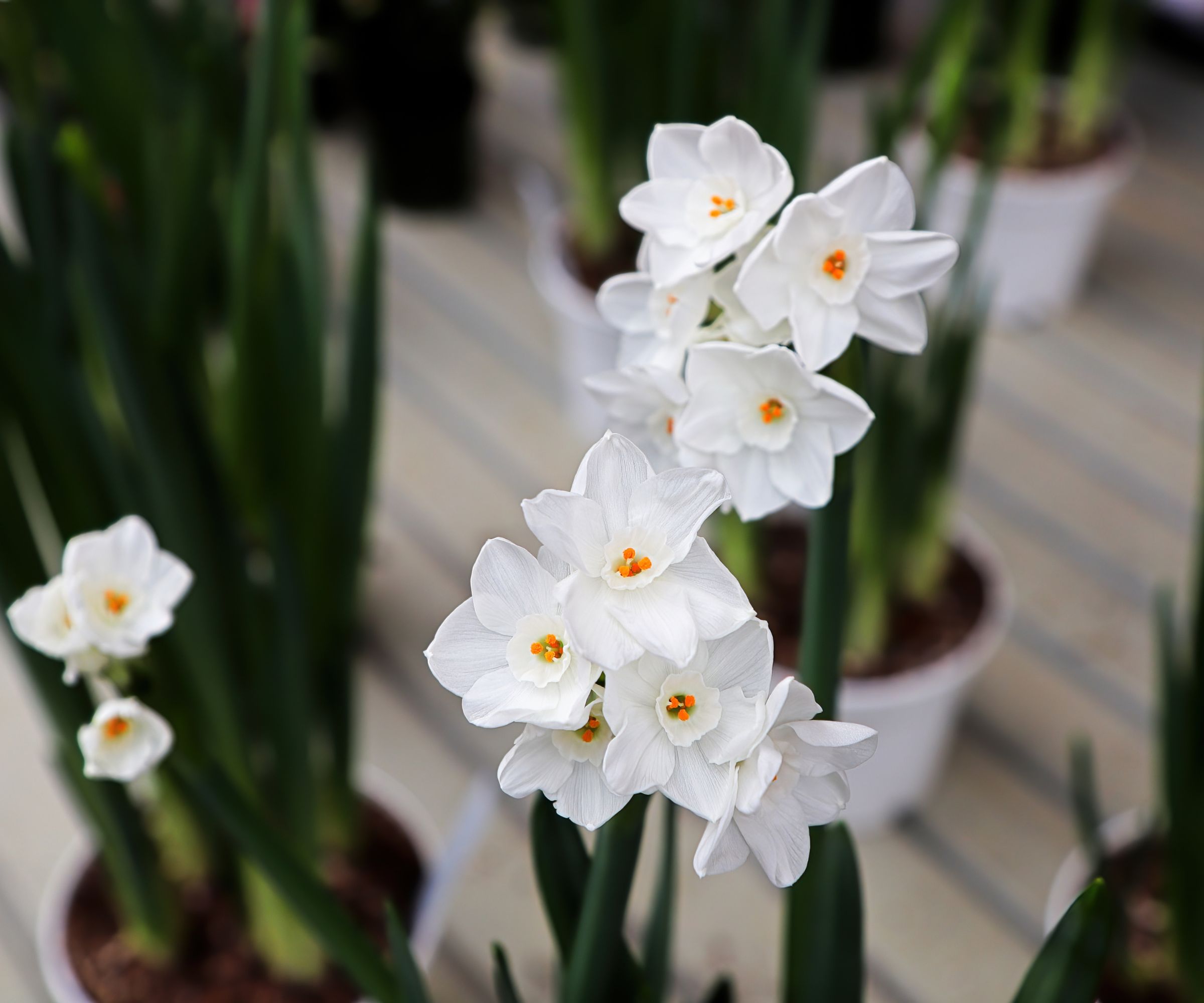
'Paperwhites thrive outdoors in USDA hardiness zones eight to 11, where winters are mild,' explains landscaping expert and CEO of Handy Gardeners, Matthew Wilson. 'In these regions, you can generally plant them at any time from mid to late fall through winter.'
However, for the best results, plant paperwhites outdoors in the fall – ideally after the first frost but before the onset of extreme cold. This timing gives the bulbs a chance to establish their roots before temperatures drop too low.
Once planted outdoors, paperwhite bulbs typically take about four to six weeks to bloom, although this can vary depending on environmental factors such as temperature and light conditions.

Matthew Wilson, CEO of Handy Gardeners, leads the company with a passion for landscaping and environmental sustainability. Under his guidance, Handy Gardeners has become a trusted name in the industry, providing top-notch gardening and landscaping services.
Indoor planting
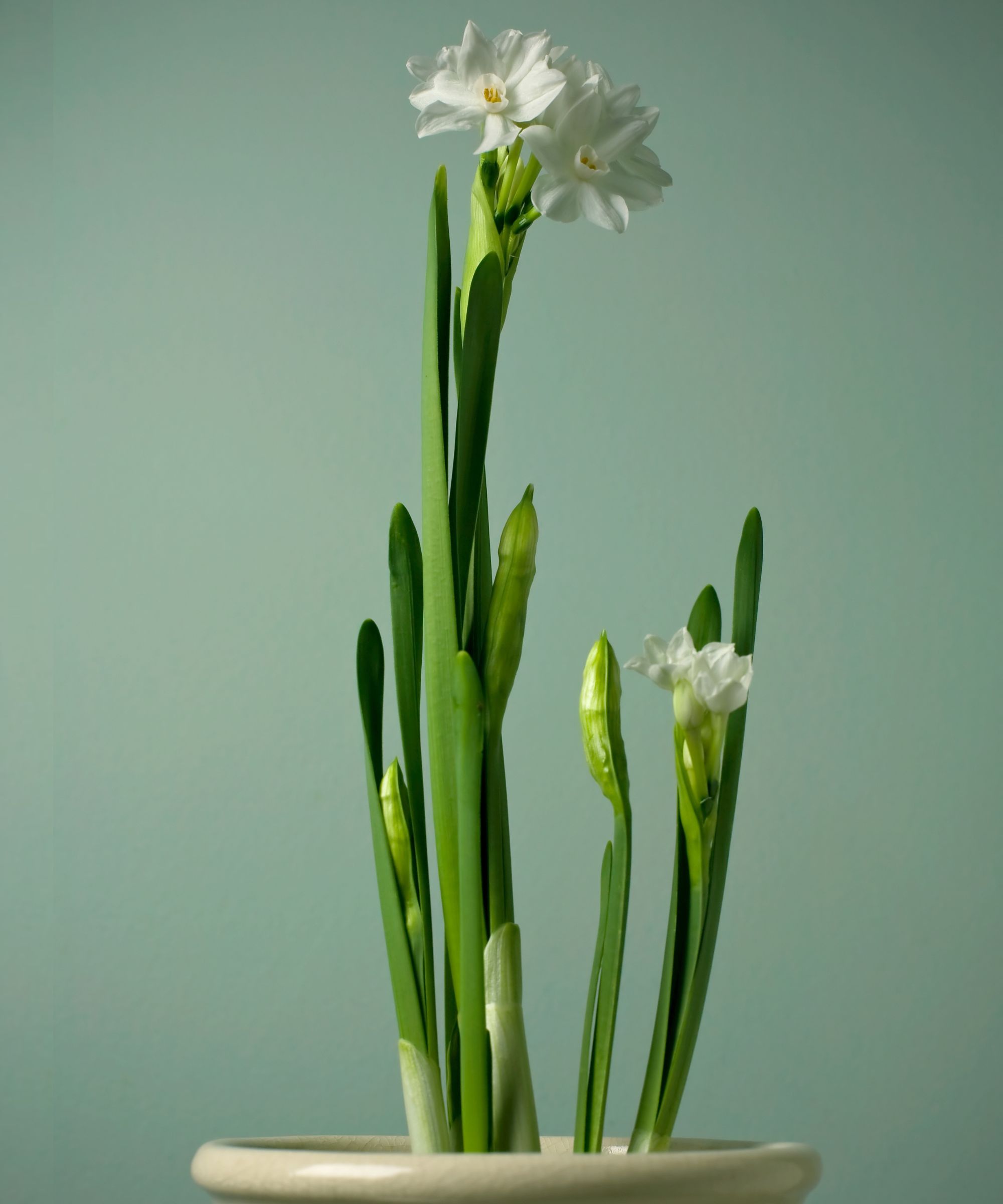
Since they take four to six weeks to bloom indoors, planting paperwhites indoors at the beginning of November ensures they’ll be flowering beautifully right around Christmas.
As one of the best varieties of narcissi bulbs, not only are they easy to plant and grow, but can be forced indoors during colder months.
Unlike other flowering bulbs (such as tulips or daffodils) that need a period of cold temperatures to trigger their growth cycle, paperwhite bulbs will thrive without this chilling period. Because of this, it's easy to force bulbs indoors for Christmas, meaning they can be coaxed to grow and bloom inside in pots or containers without needing a specific temperature drop. This makes them a convenient choice for indoor gardening in fall and winter, even if the environment is warm.
If you want flowering paperwhites indoors throughout the holiday season and beyond, plant new bulbs every two to three weeks from October to January to enjoy staggered blooming all winter.
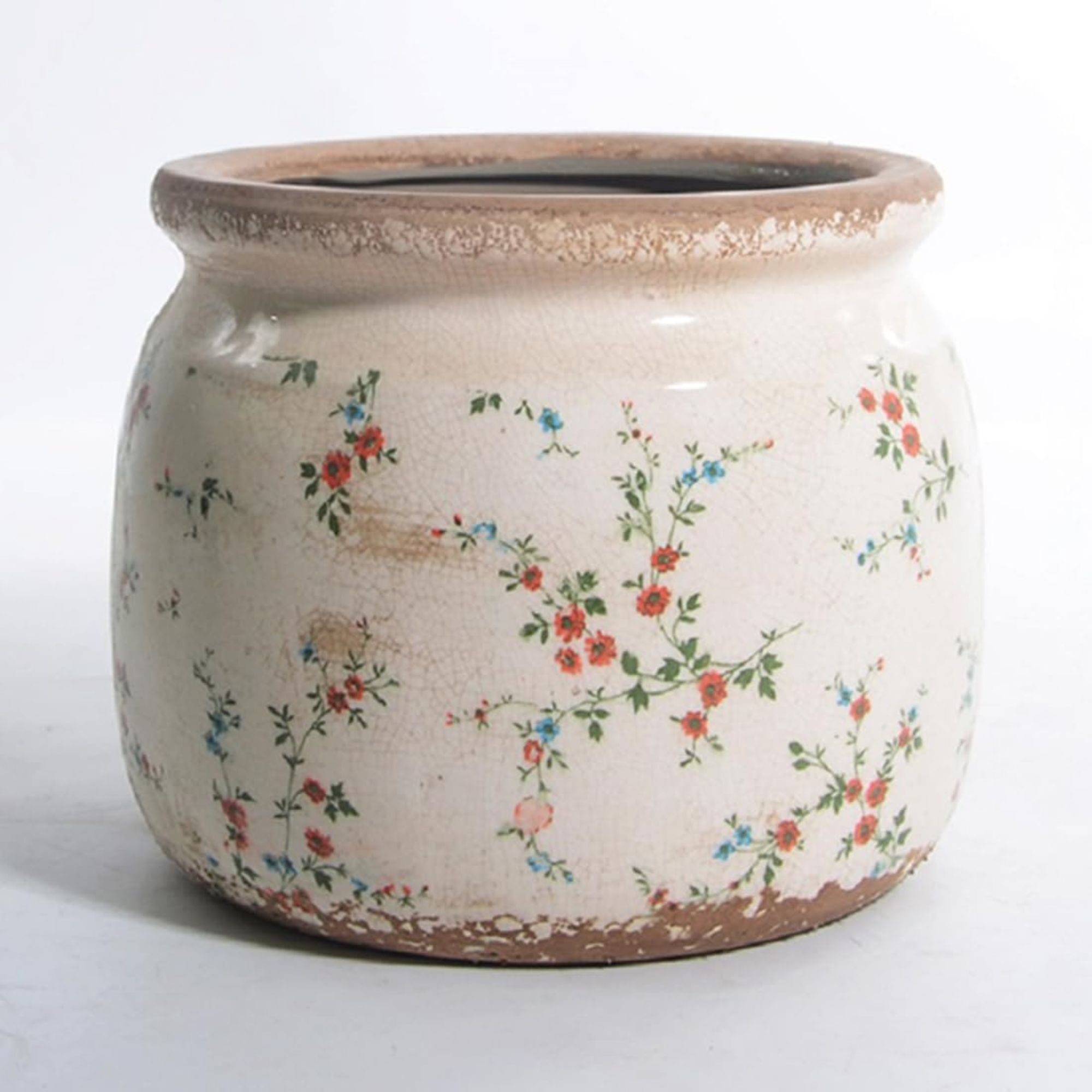
For successful paperwhite blooms, proper drainage is key to preventing root rot and ensuring healthy growth. This vintage-style ceramic planter has a drainage hole to prevent excess water buildup, making it an ideal choice for easy, low-maintenance indoor planting.
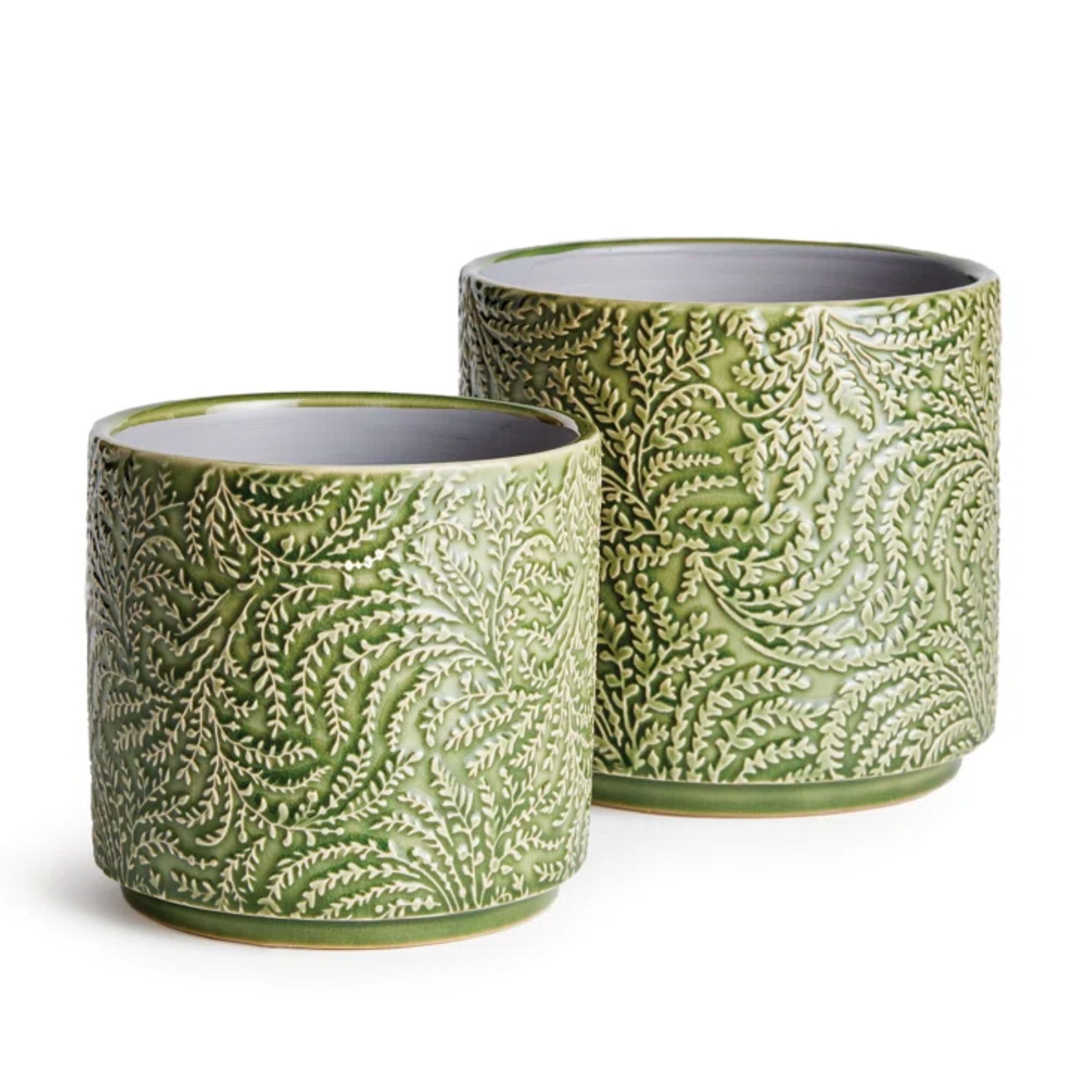
These green planters, featuring a charming vine and leaf pattern, add a fresh yet festive touch to your decor. With their lively green hue, they complement the holiday theme without being too on the nose. Perfect for displaying seasonal paperwhites, they’re now on sale at Wayfair, down from $72.
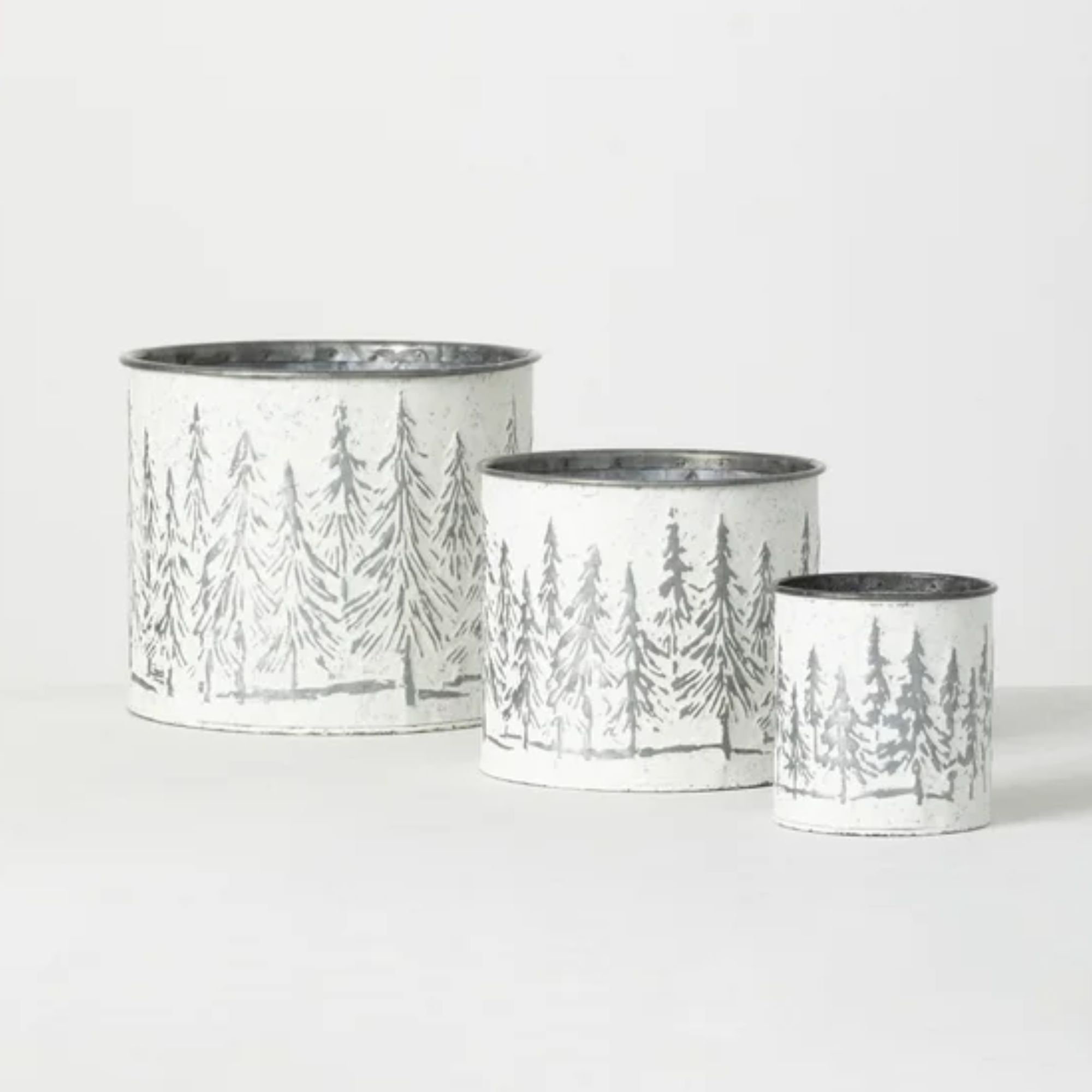
Amongst a sea of green and red decorations at Christmas time, this holiday-themed white and silver planter can add a modern, festive feel to any room. Its cool tones provide a balanced contrast, letting your paperwhites shine while seamlessly blending into holiday or winter-themed decor.
Indicators that it’s time to plant
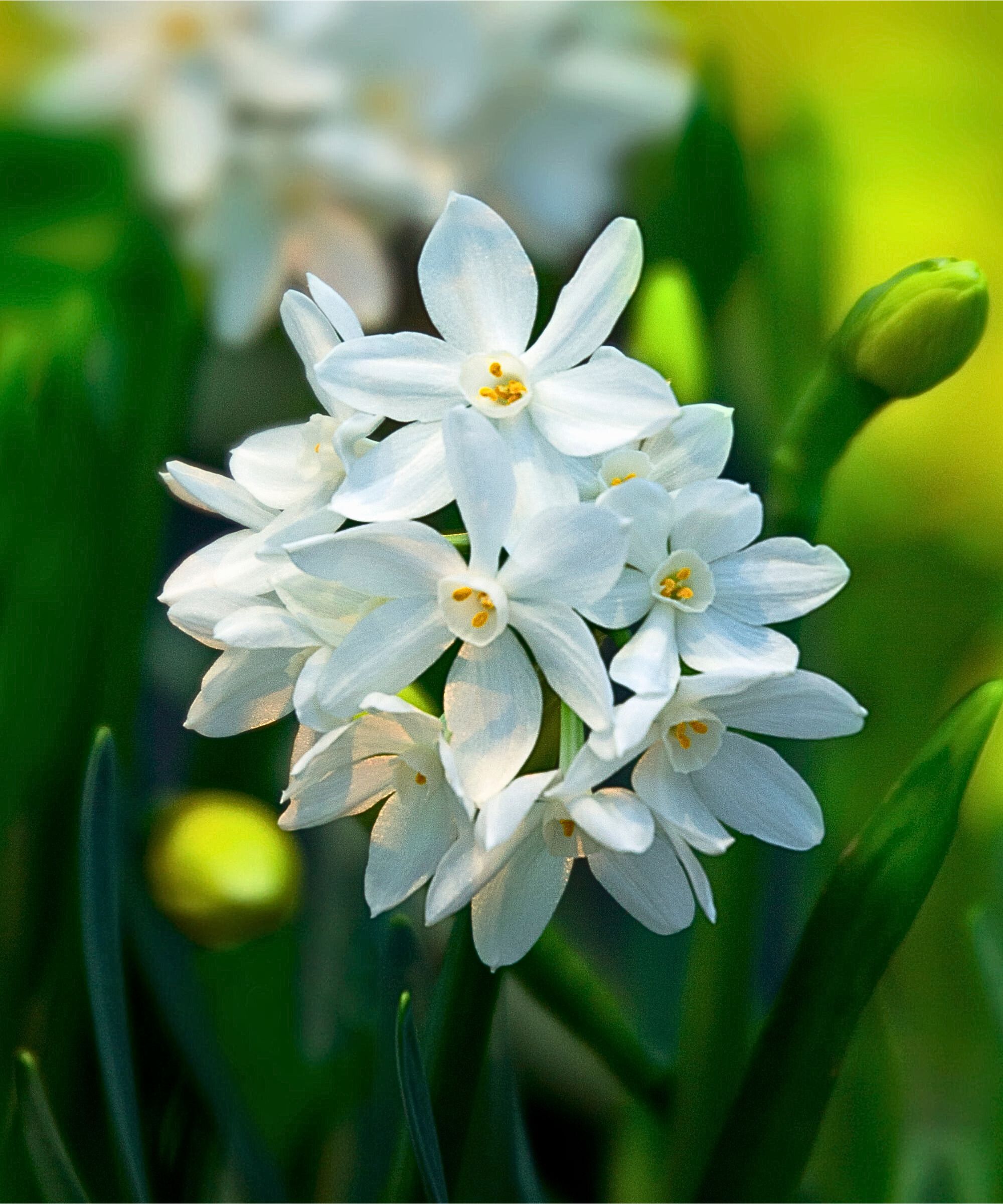
While the time of year can guide planting, environmental cues are also useful indicators that can help you determine the best time to plant paperwhites.
Soil temperature: The best indicator for planting paperwhites is the temperature of the soil. For indoor plants, you can plant them any time during the winter months when you’re ready for them to bloom, but for outdoor planting, it’s best to wait until soil temperatures drop to around 60°F, which is ideal for root development without triggering early flowering.
To monitor soil temperature, we recommend using this soil meter from Amazon, which can also measure soil PH, moisture levels, and light scale.
Seasonal frost and dew: The first frost or an increase in morning dew can signal the ideal time to plant paperwhites outdoors.
According to Matthew Wilson, the first frost indicates that temperatures are right for root development and less likely to trigger premature flowering.
Additionally, the increase in humidity from seasonal dew helps paperwhite bulbs root more quickly, promoting stronger, fuller blooms.
Natural light quality: ‘Paperwhites are light-sensitive bloomers, responding to specific wavelengths in natural light,' explains Nathan Thorne, horticulturist and CEO of Handy Flowers. 'It's not just the temperature that matters; the quality of low-angle, late-afternoon sunlight signals to the bulbs that it’s time to grow and bloom.’
So, paperwhites can be planted when the low-angle late afternoon begins to shift, which will typically happen in the fall, when the days shorten and the angle of the sun changes, triggering the bulbs to start growing.
Seasonal plant transitions: 'As summer-blooming perennials – like daylilies – die back, nutrients in the soil rebalance,' explains Nathan Thorne. 'This nutrient shift creates a fertile environment ideal for establishing paperwhites, enhancing root growth and bloom quality.'
By observing these timing cues and planting accordingly, you can enjoy vibrant paperwhite blooms indoors or outdoors throughout the holiday season.
Matthew Wilson leaves one final tip: 'To perfect your paperwhite blooms, consider using temperature zones in your home to control their blooming schedule. The 'temperature tweak' method allows you to adjust the temperature to manage the timing and extend the flowering period.
'For the first week, place your bulbs in a cool spot (55-60°F) to help them root slowly. After they establish roots, move them to a warmer area (65-70°F) to encourage blooms. Once they start flowering, shift them back to a cooler location to slow the process and extend their bloom time, ensuring fresh flowers last longer.'
Sign up to the Homes & Gardens newsletter
Design expertise in your inbox – from inspiring decorating ideas and beautiful celebrity homes to practical gardening advice and shopping round-ups.

Lola Houlton is a news writer for Homes & Gardens. She has been writing content for Future PLC for the past six years, in particular Homes & Gardens, Real Homes and GardeningEtc. She writes on a broad range of subjects, including practical household advice, recipe articles, and product reviews, working closely with experts in their fields to cover everything from heating to home organization through to house plants. Lola is a graduate, who completed her degree in Psychology at the University of Sussex. She has also spent some time working at the BBC.
-
 ‘It leads to more headaches than it's worth’ – 4 reasons you should never store things in your oven, including fire risks and serious illness
‘It leads to more headaches than it's worth’ – 4 reasons you should never store things in your oven, including fire risks and serious illnessYour oven is for cooking, and cooking only, experts urge
By Chiana Dickson
-
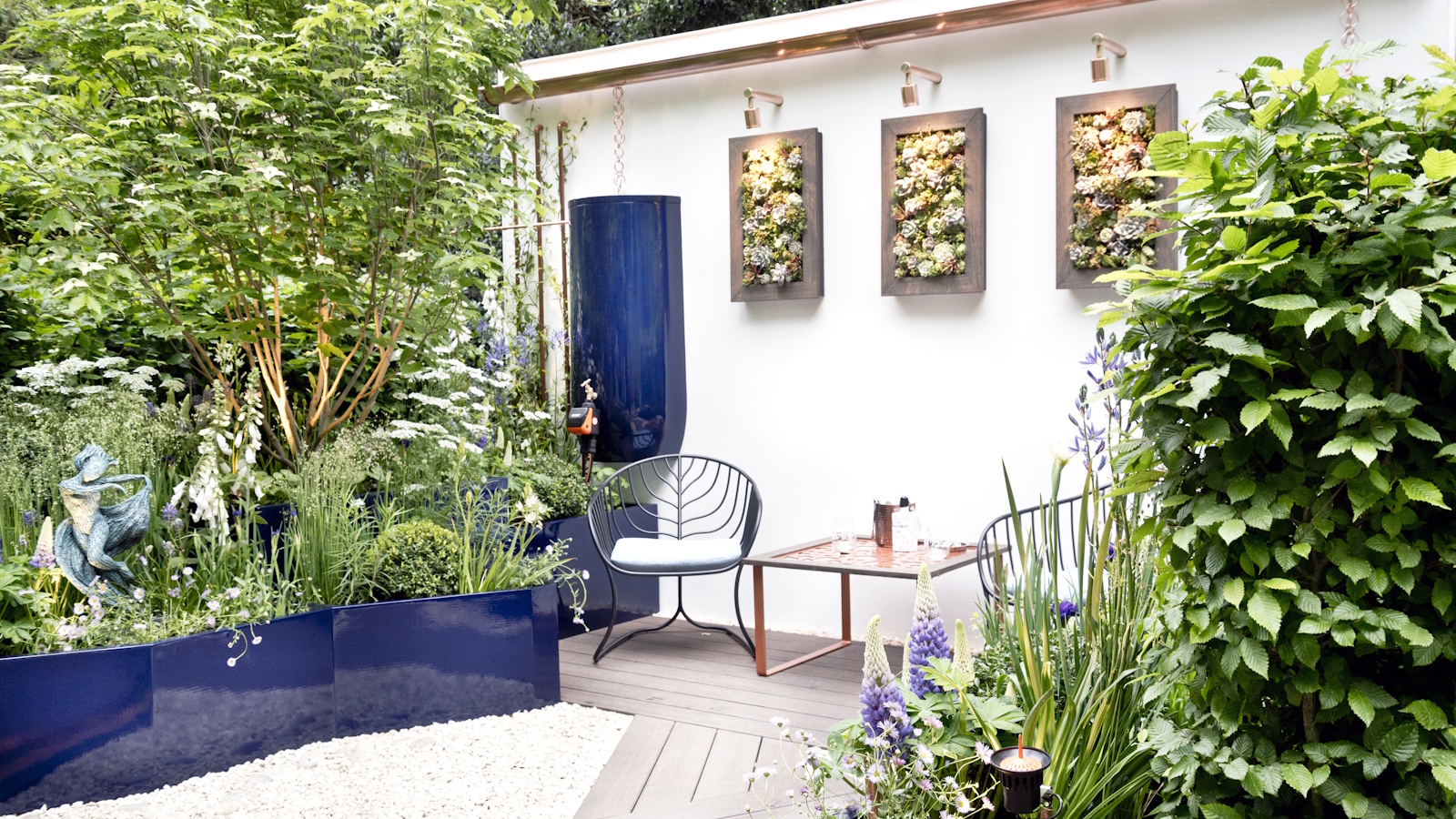 Urban gardening ideas – 7 creative ways to grow in small spaces, balconies, containers, indoors, and more
Urban gardening ideas – 7 creative ways to grow in small spaces, balconies, containers, indoors, and moreMake the most of your space with these innovative ways to garden
By Tenielle Jordison
-
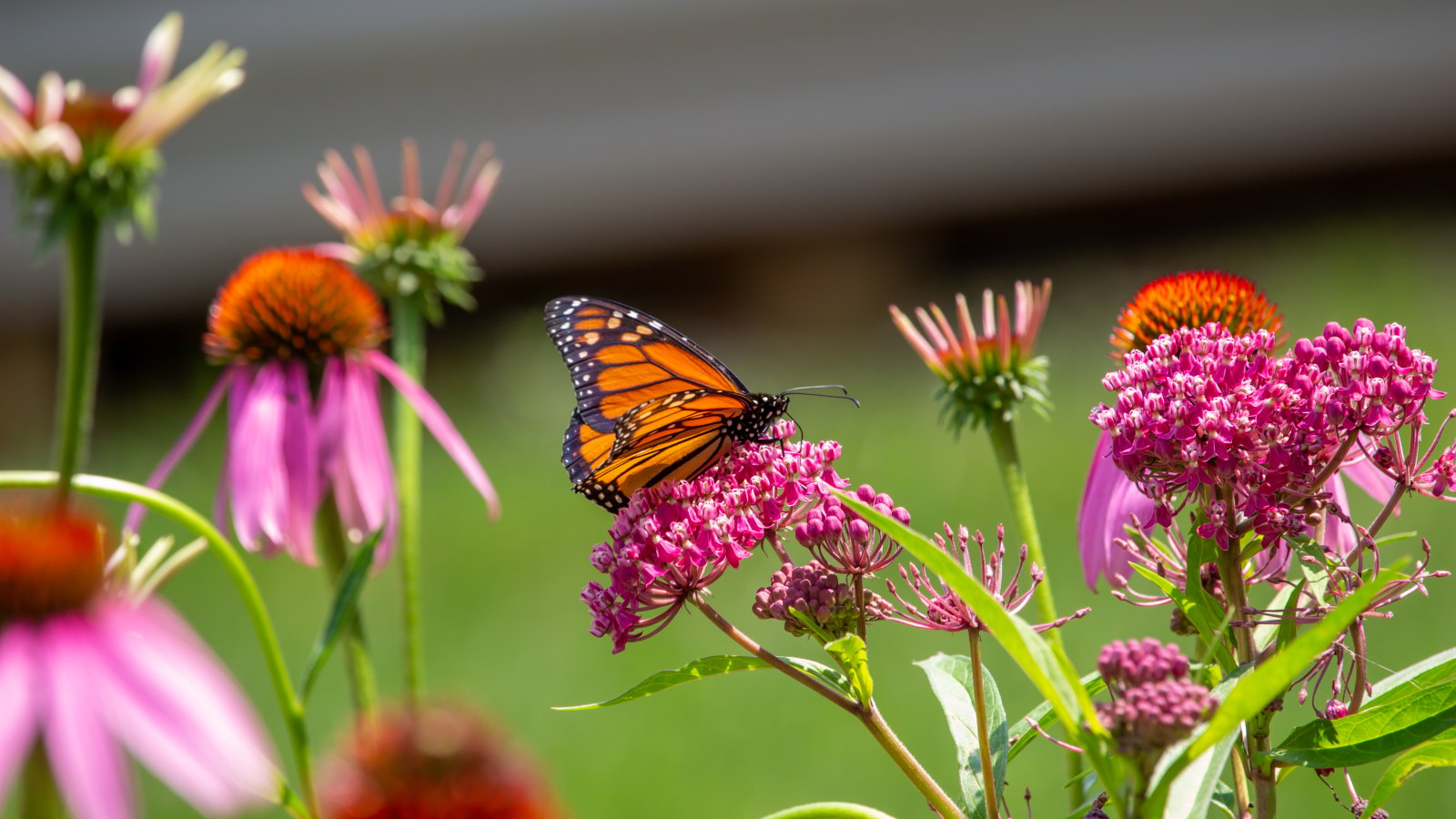 7 native perennials to plant in April – for glorious flowering displays to attract bees, butterflies, and hummingbirds
7 native perennials to plant in April – for glorious flowering displays to attract bees, butterflies, and hummingbirdsDiscover some of the best perennials to plant in April to make your garden a hotspot for wildlife
By Drew Swainston
-
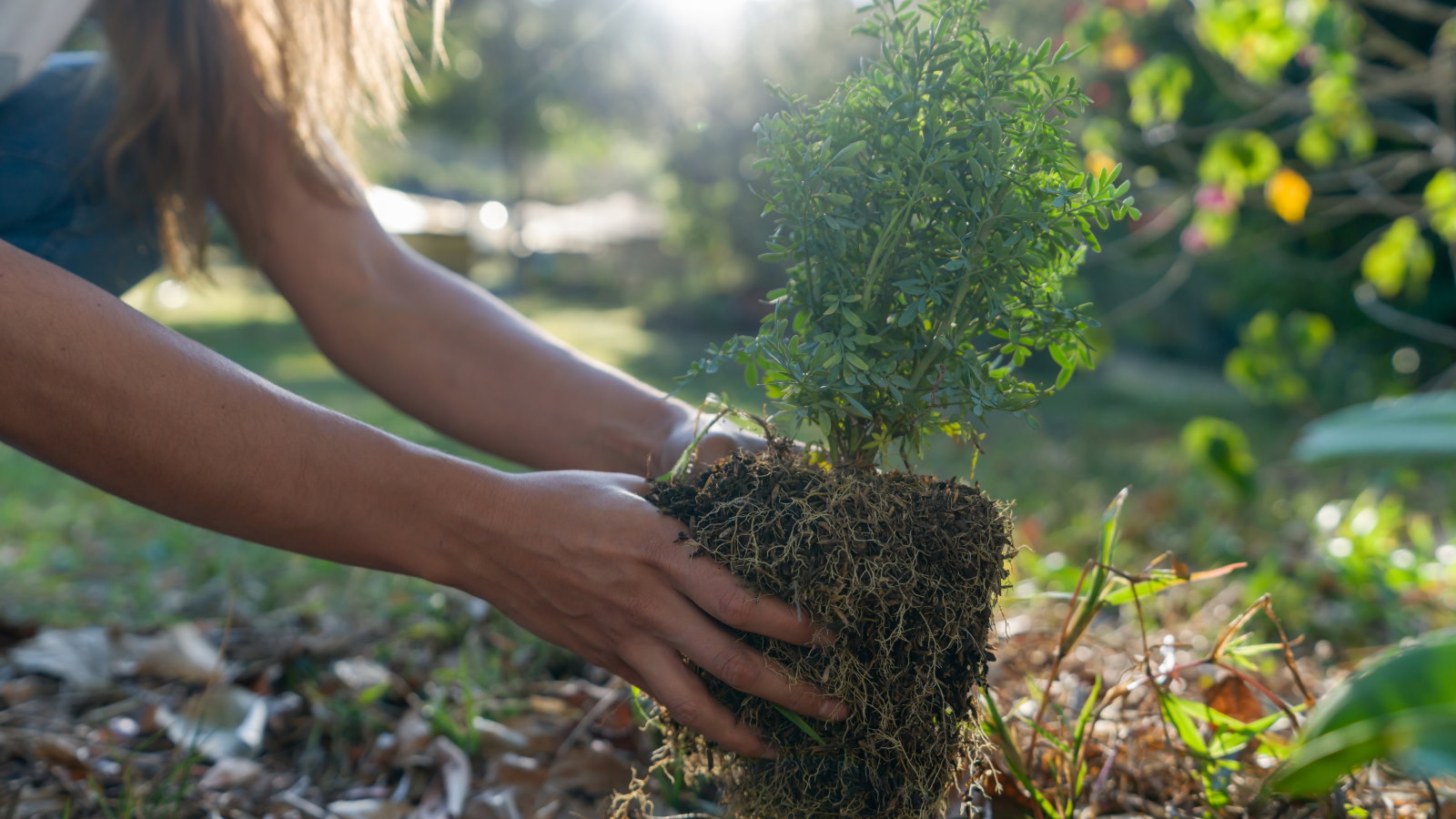 7 shrubs to plant in April to transform beds and borders – including native plants and bushes suitable for dry or wet spots
7 shrubs to plant in April to transform beds and borders – including native plants and bushes suitable for dry or wet spotsThese shrubs can bring flowers, texture, and fragrance, as well as attracting beneficial insects and birds
By Drew Swainston
-
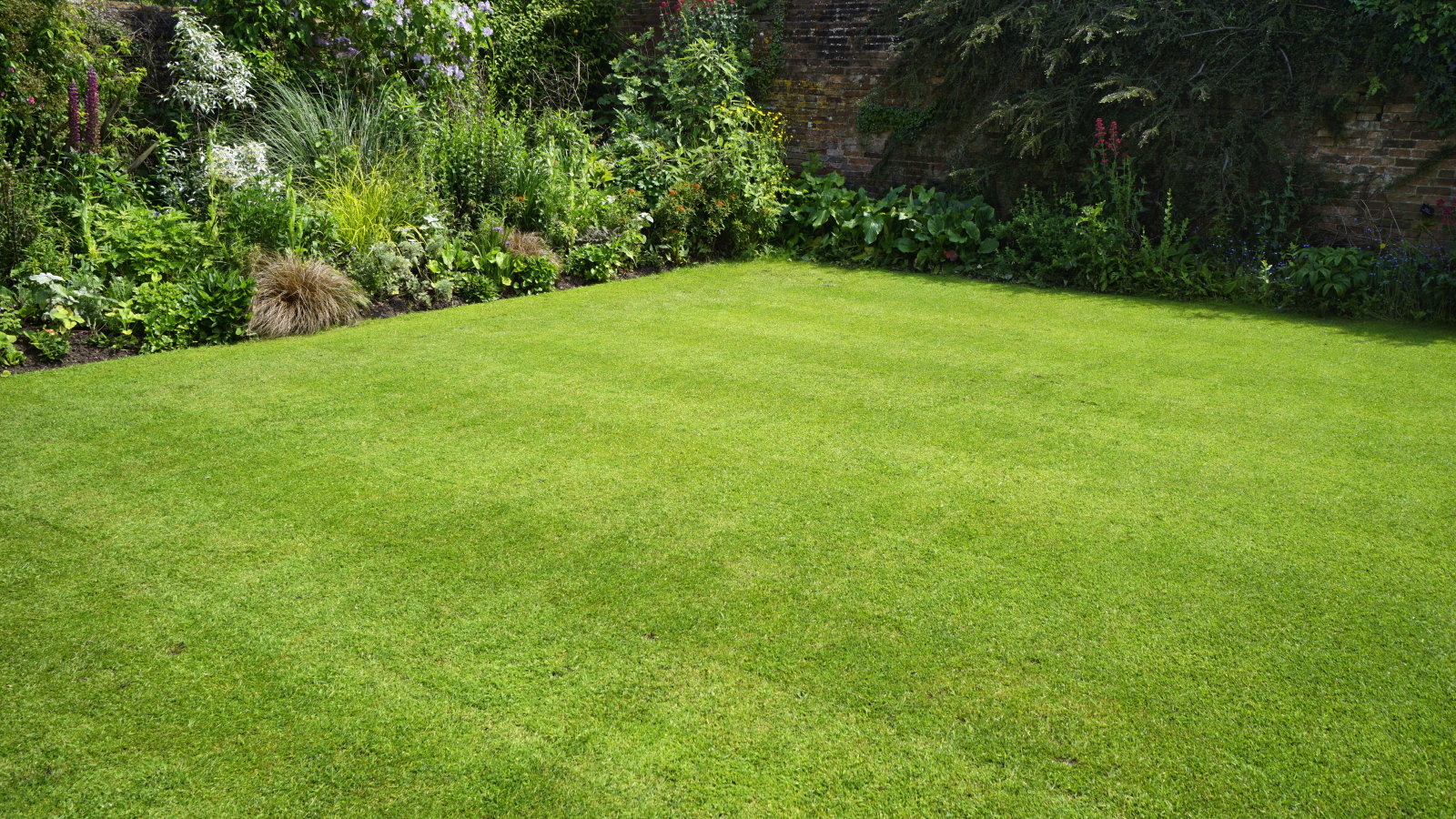 I'm a lawn care expert, and always do these 7 jobs in April to ensure thick, green grass all summer long
I'm a lawn care expert, and always do these 7 jobs in April to ensure thick, green grass all summer longTransform your lawn with these simple yet highly effective April lawn care tasks
By Drew Swainston
-
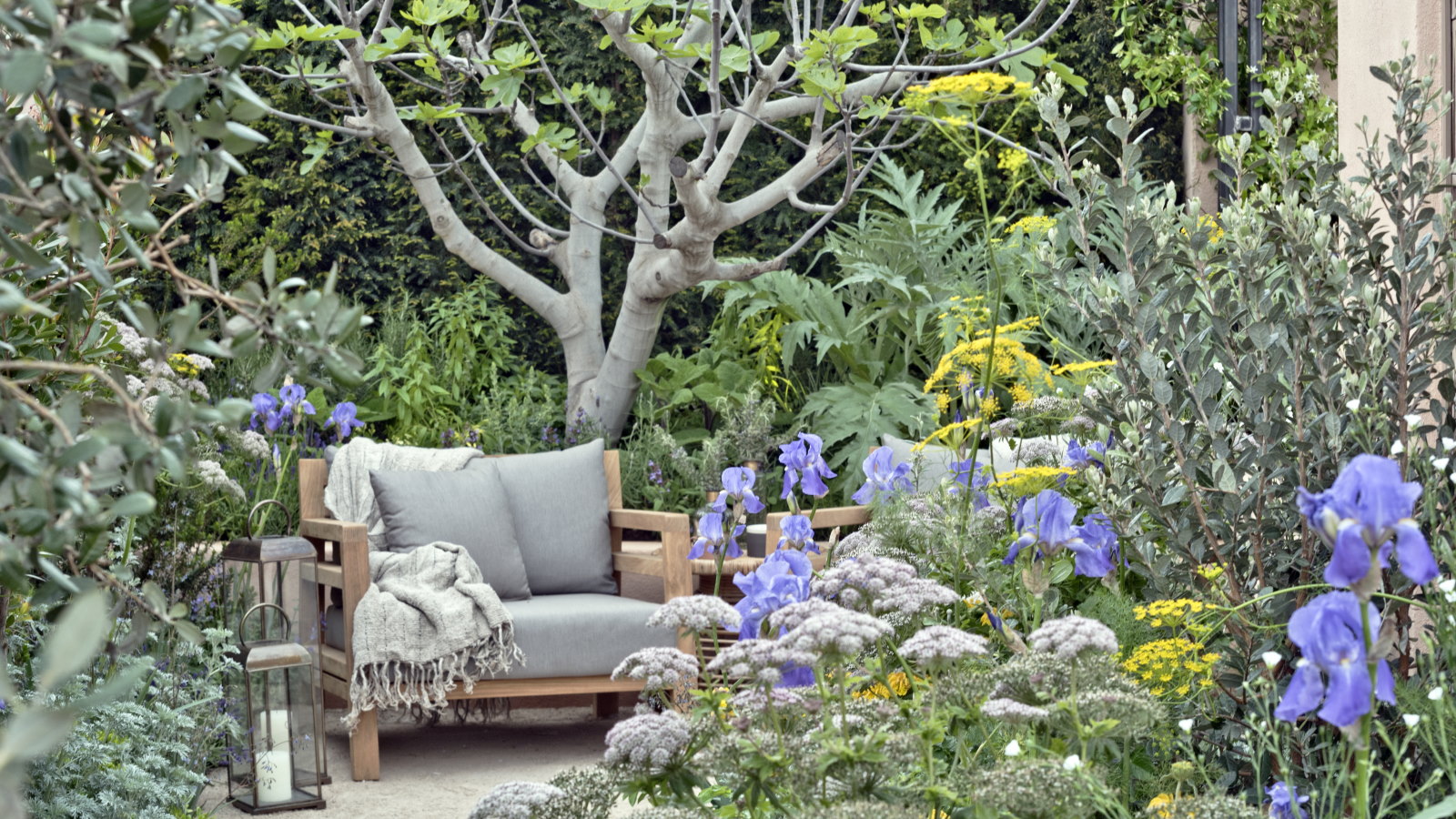 Horticulturists urge you to prune these 7 plants in April – for healthy growth and better-than-ever flowering displays
Horticulturists urge you to prune these 7 plants in April – for healthy growth and better-than-ever flowering displaysDiscover a key selection of plants to cut back this month, with expert pruning advice
By Drew Swainston
-
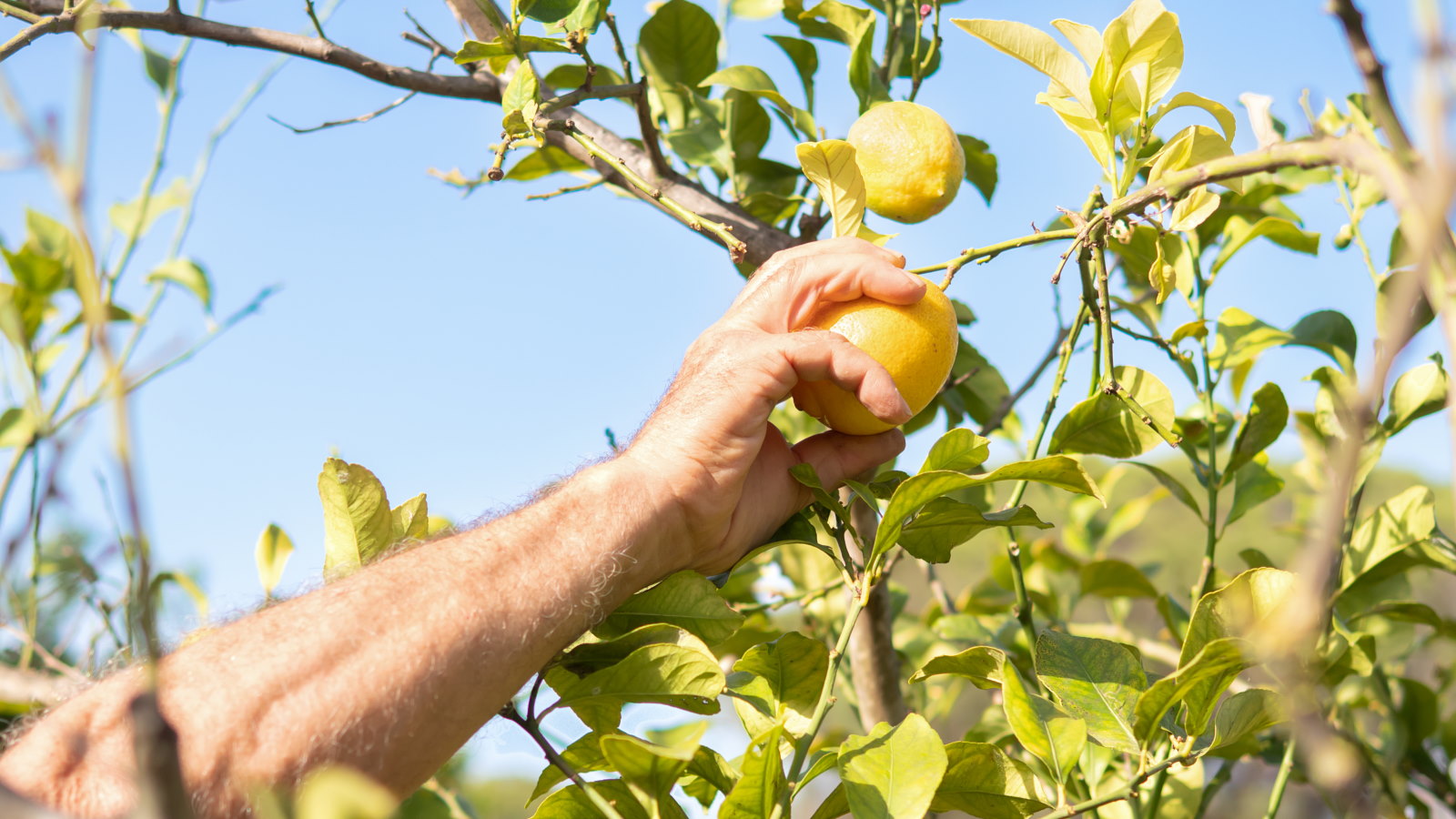 7 fruits to plant in April for years of tasty homegrown harvests, plus expert planting tips
7 fruits to plant in April for years of tasty homegrown harvests, plus expert planting tipsAn exceptional selection of fruit trees and soft fruit can be planted this month
By Drew Swainston
-
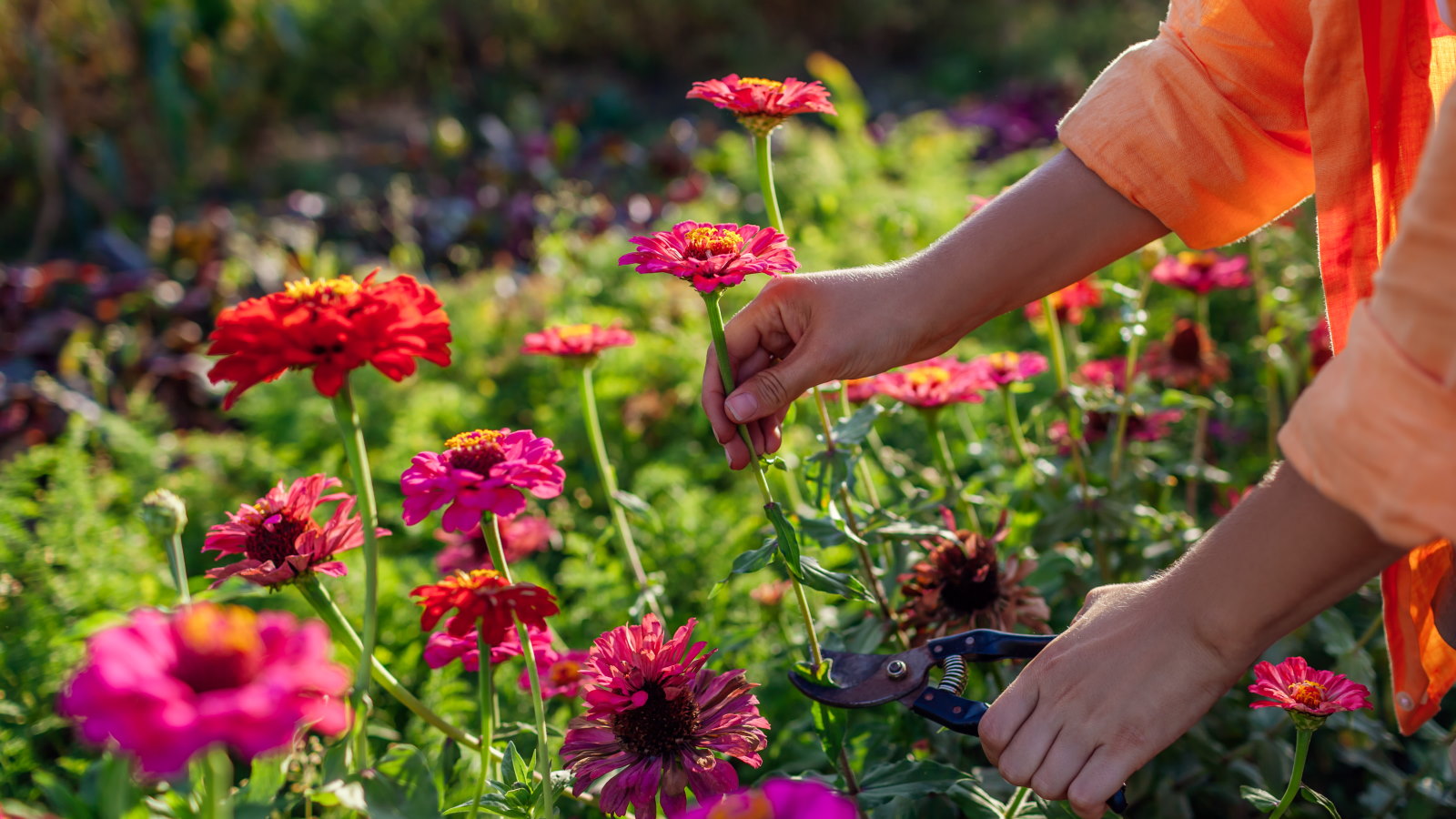 7 dazzling cut flowers to plant in April for bountiful blooms to enjoy in bouquets, vases, and displays this summer
7 dazzling cut flowers to plant in April for bountiful blooms to enjoy in bouquets, vases, and displays this summerDiscover sowing tips from an expert horticulturist
By Drew Swainston
-
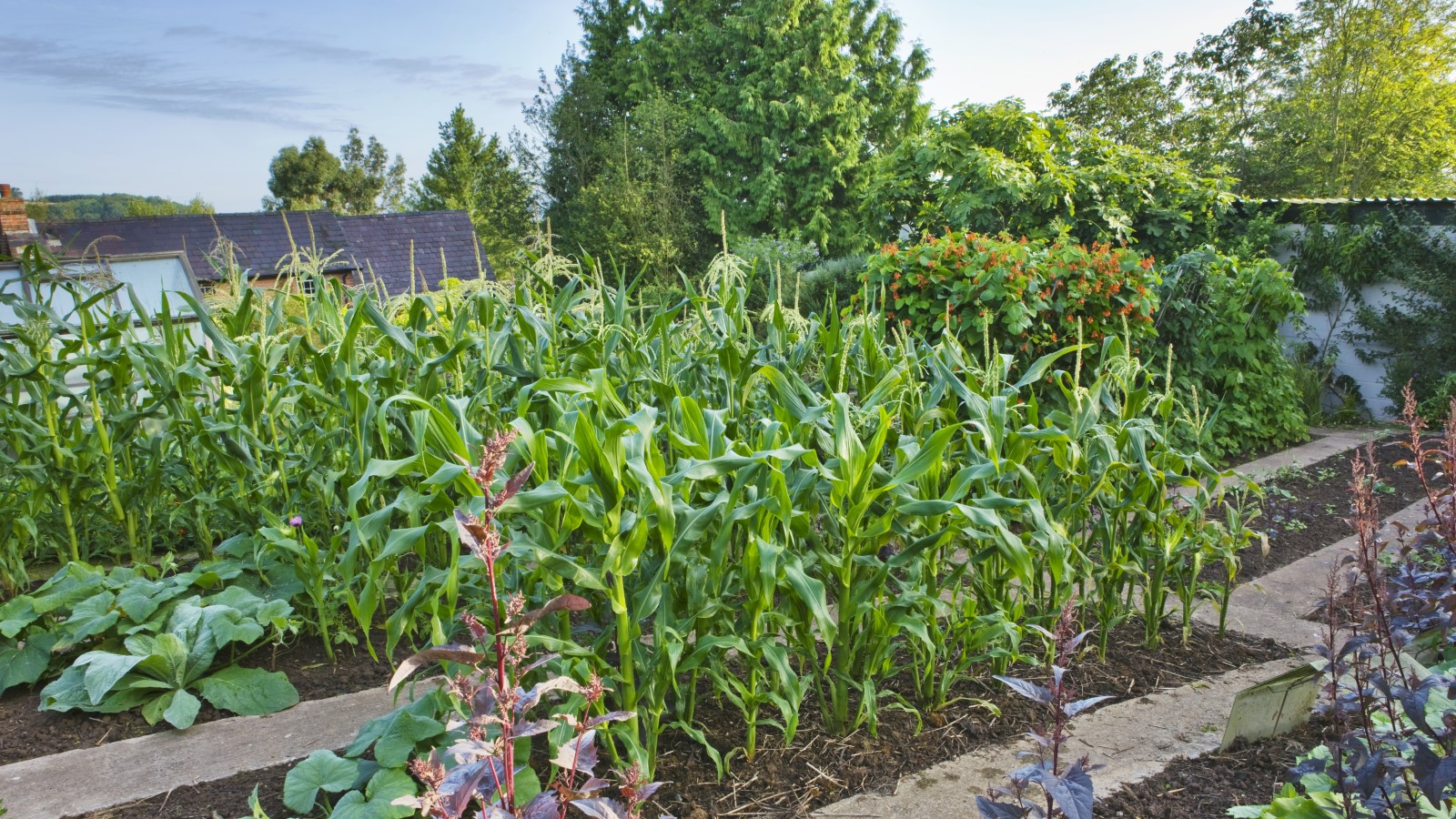 7 of the best vegetables to plant in April, with sowing tips from an experienced grower for bumper harvests
7 of the best vegetables to plant in April, with sowing tips from an experienced grower for bumper harvestsFrom broccoli to zucchini, April is a fantastic time to plant a wide range of vegetables
By Drew Swainston
-
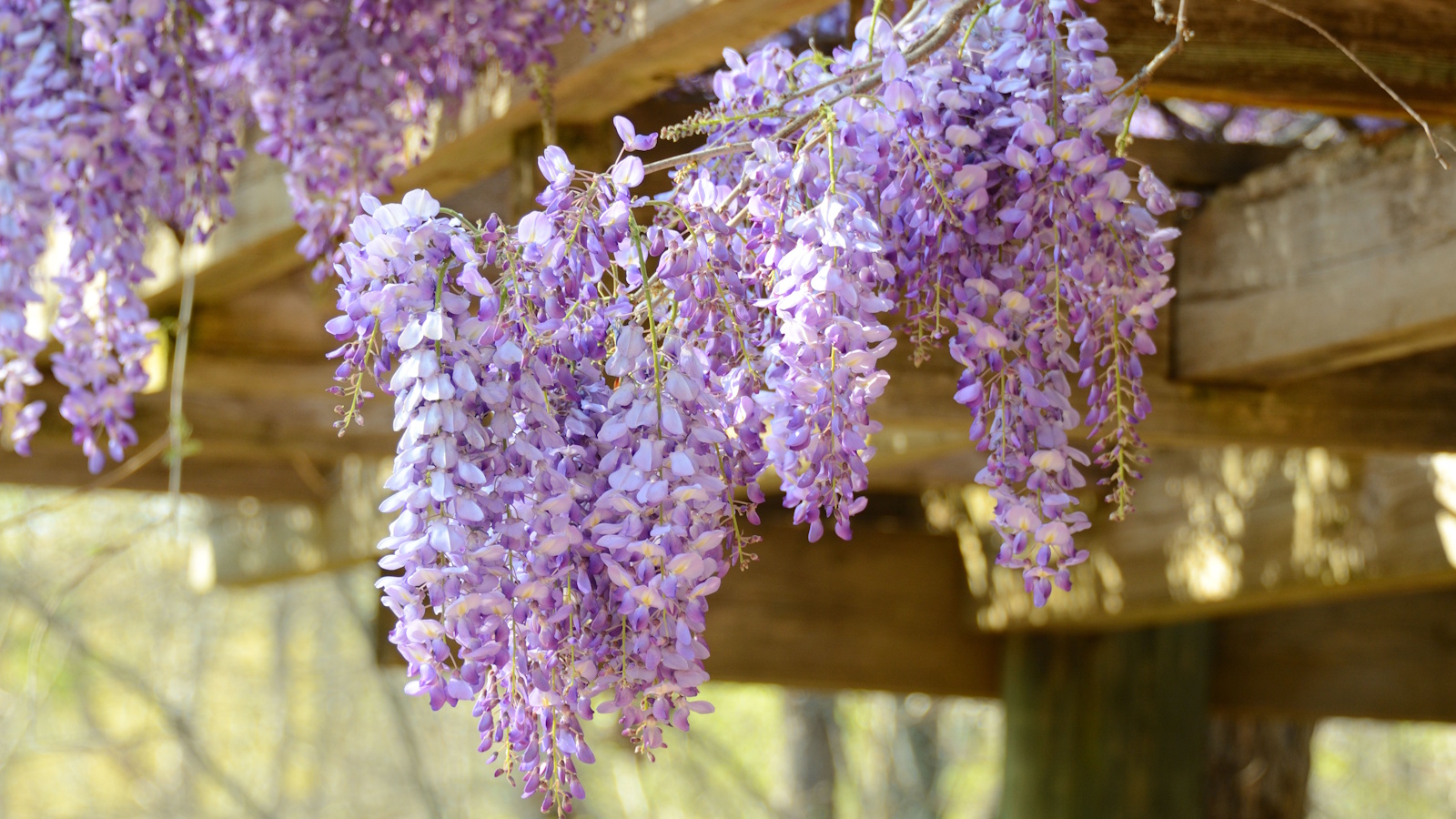 Best fragrant spring-flowering perennials – 5 charming choices to infuse delightful scent in your yard this season
Best fragrant spring-flowering perennials – 5 charming choices to infuse delightful scent in your yard this seasonSpring is full of so many beautiful aromas, uplifting our yards and making them an even more pleasant place to be
By Tenielle Jordison